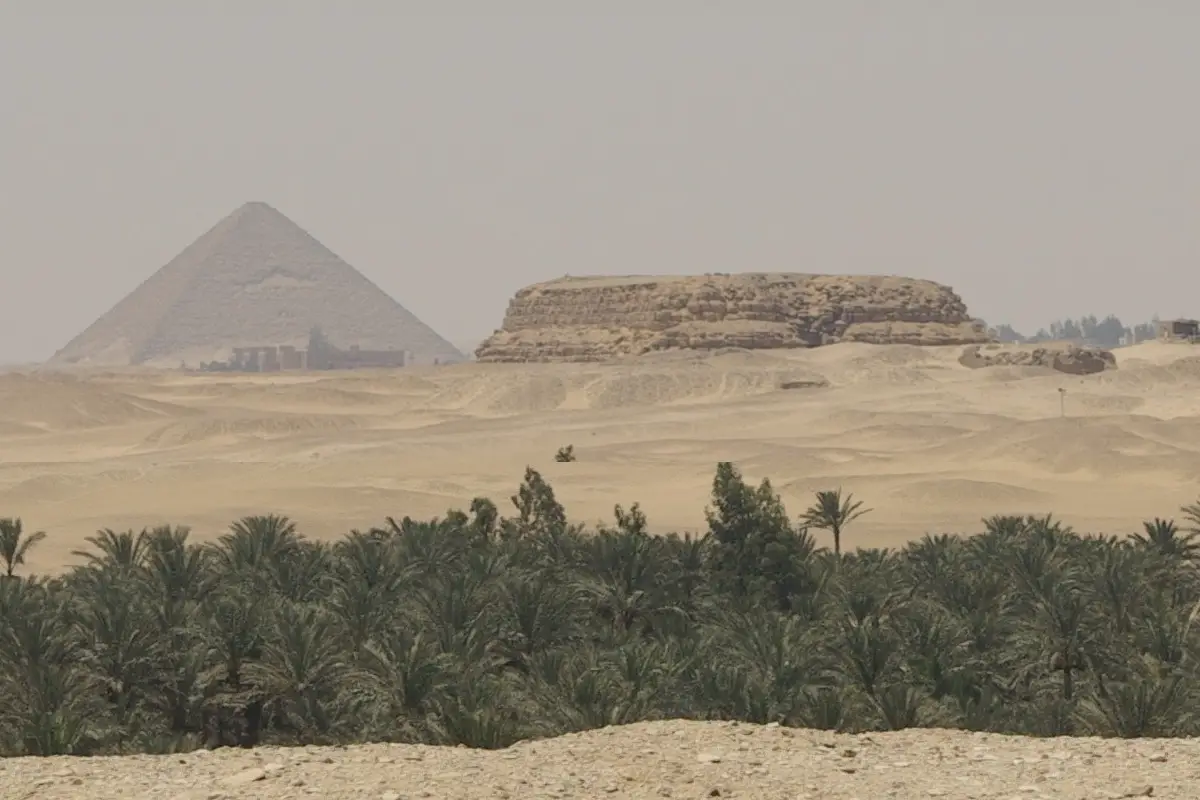A joint Polish-Egyptian archaeological mission has conducted further studies in the tomb of Shepseskaf, located in the Saqqara necropolis near Cairo.
Shepseskaf was pharaoh of Ancient Egypt in the fourth dynasty during the Old Kingdom period.
Archaeologists suggest that Shepseskaf was either the son or brother of Menkaure, ascending to the throne after Menkaure’s death in 2503 BC and ruling for a short reign of just four years.
Unlike his predecessor who was buried in the Pyramid of Menkaure in the Giza pyramid complex, Shepseskaf was buried in a mastaba, known as the Mastabat al-Fir’aun, meaning the “Bench of the Pharaoh”.
The Mastabat al-Fir’aun is a modest construction, measuring 99.6 metres long and 74.4 metres wide. Beneath the mastaba is a subterranean system of chambers and passageways, including an ante-chamber and the main burial-chamber.
The tomb complex was first excavated in the 1920s, when archaeologists discovered that the burial chamber had been looted in ancient times, leaving behind only fragments of the sarcophagus.
The Institute of Mediterranean and Oriental Cultures of the Polish Academy of Sciences (IKŚiO PAN), working in collaboration with Egypt’s Ministry of Tourism and Antiquities, have recently conducted a detailed exploration of the burial chamber.
Excavations have recovered numerous fragments of the pharaoh’s destroyed sarcophagus, enabling for the first time a partial reconstruction.
The researchers also employed 3D scanning to create a digital model of the tomb’s interior and used geophysical methods to map the layout of the processional ramp and its surrounding area.
According to the Institute of Mediterranean and Oriental Cultures of the Polish Academy of Sciences (IKŚiO PAN), “In the current excavation season, scientists conducted archaeological research in the burial chamber and adjacent rooms, as well as in the chapel located on the eastern side of the mastaba. In turn, conservators managed to collect many fragments of the destroyed royal sarcophagus and begin its reconstruction.”
Header Image Credit : Ernesto Graf – CC BY-SA 2.0
Sources : PAP





